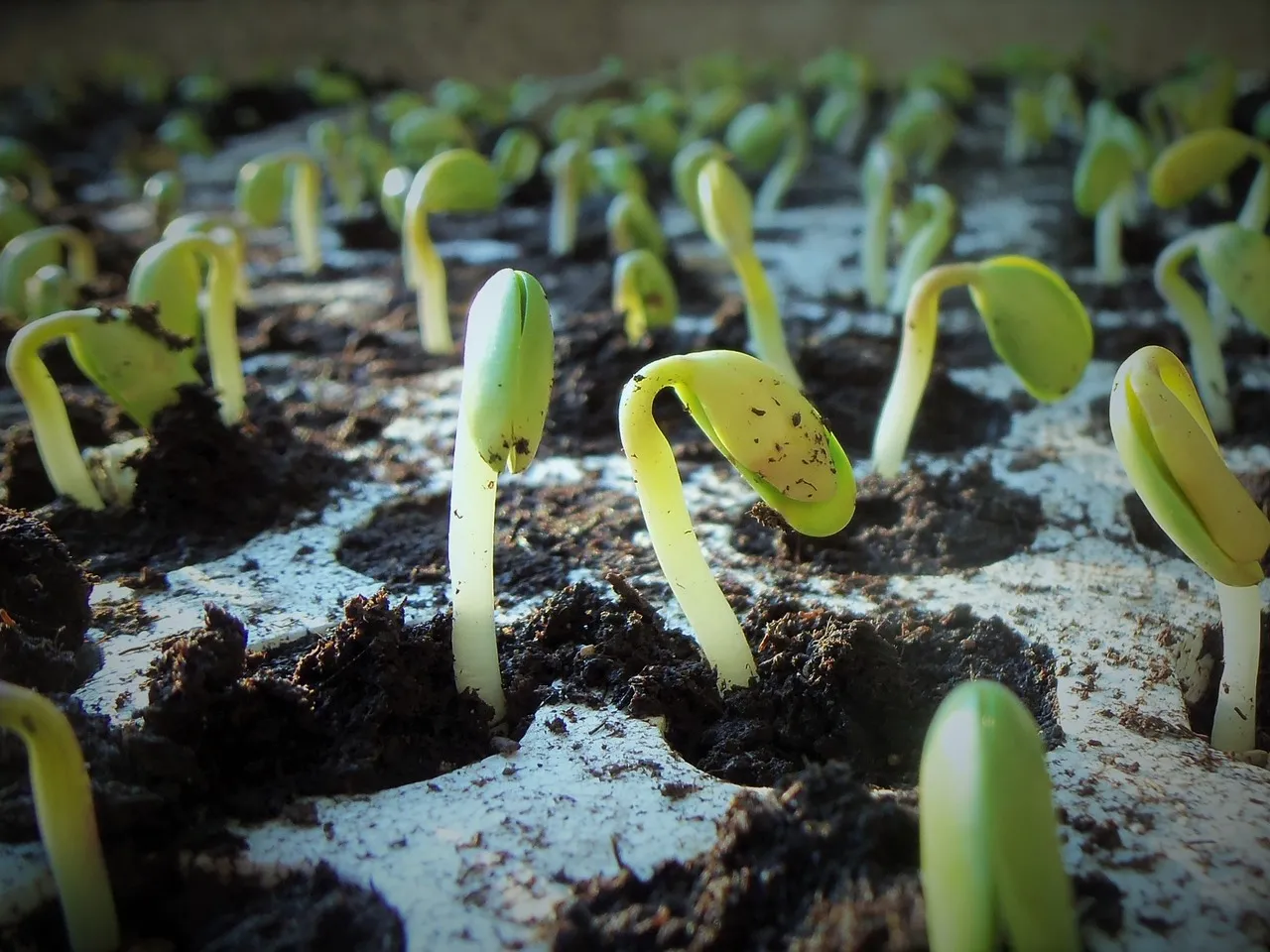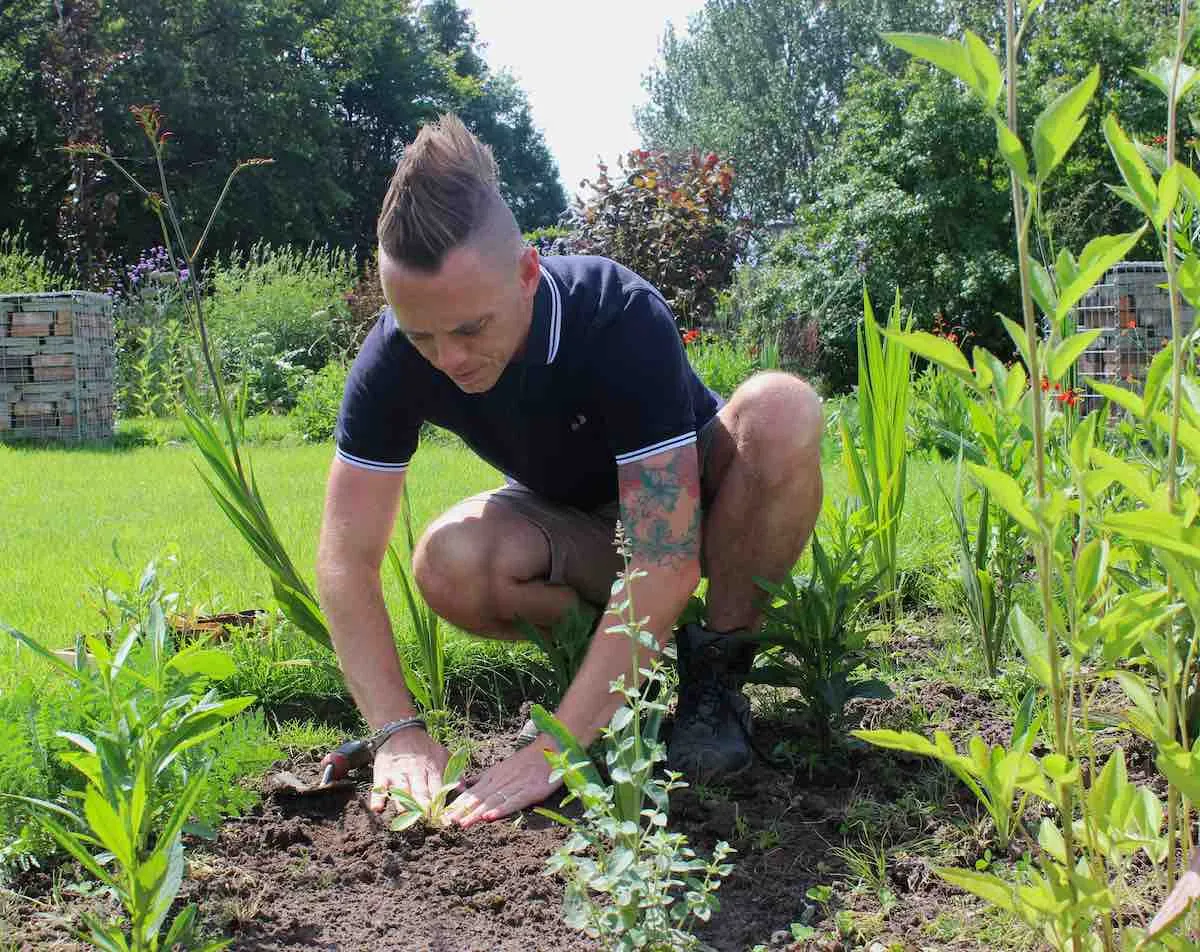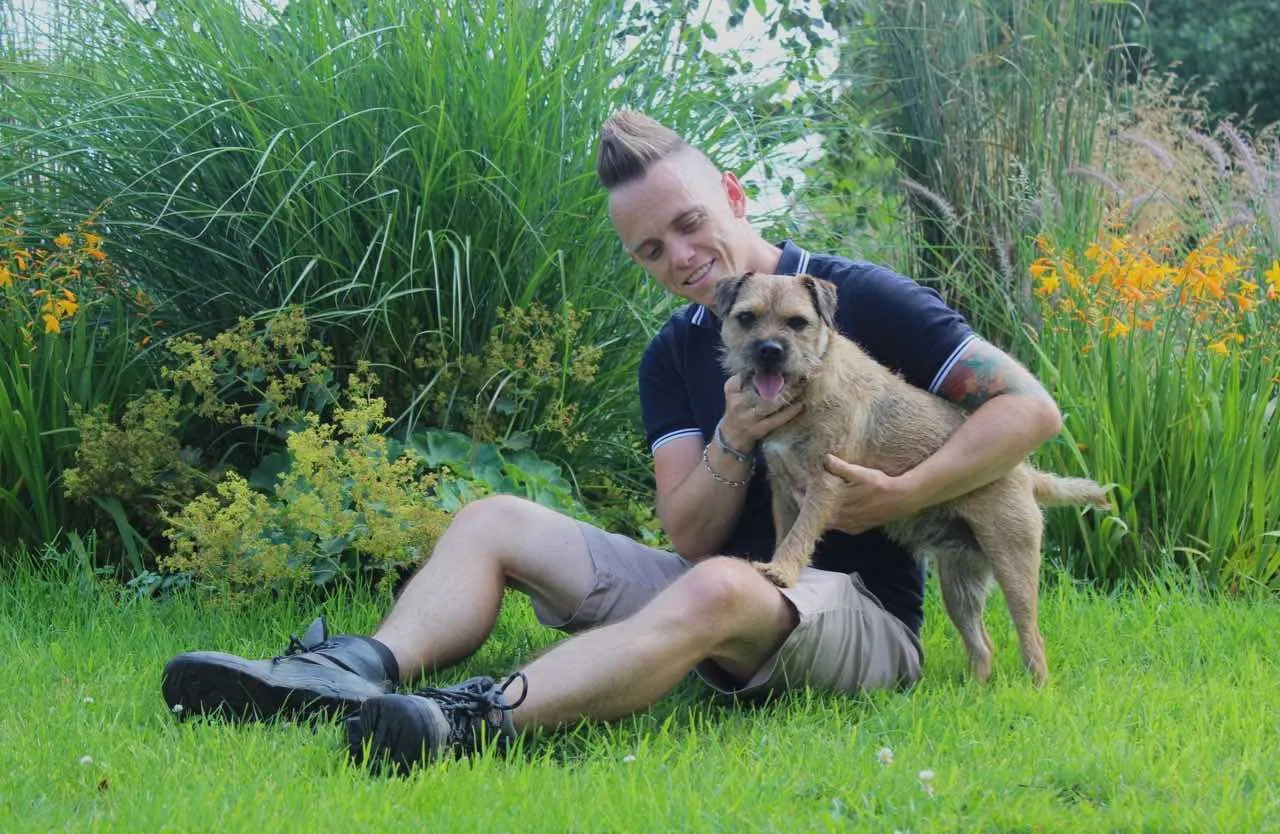Hi @kathysgreenishthumb27
Thanks for getting in touch from the USA! I'm sorry to hear your seedlings are struggling, and I know exactly what the problem is. It's a seedling disease called 'damping off'.
Damping off is a disease specifically found in greenhouses and window sills where plants are being grown in large quantifies closely together. It is this proximity mixed with humidity that can cause a series of pathogens and fungi to decimate your seedlings just as they are starting to find their feet.

The only cure is to thin out the seedlings, ensure better airflow and pot on as many as you can to separate them before the whole lot goes down with the illness. Probably not the news you want to hear, Kathy, but if not, you may lose the lot.
https://youtu.be/DICGT44SMSs
Damping Off: What It Is and How to Avoid It
Damping off is a common problem that affects seedlings, causing them to collapse and die soon after germination. It’s caused by soil-borne fungi such as Pythium, Fusarium, and Rhizoctonia, which thrive in damp, poorly ventilated conditions.
How to Spot It
Seedlings affected by damping off often look healthy at first but quickly wilt and collapse at the base. The stem may appear pinched, thin, or water-soaked at soil level. Sometimes seeds rot before they even sprout.
What Causes It
Damping off is encouraged by overwatering, poor air circulation, contaminated tools or trays, and overcrowded seedlings. Using old compost or garden soil can also introduce fungal spores.
How to Prevent It
Always use clean pots and fresh, sterile seed compost. Sow seeds thinly to improve airflow and avoid overcrowding. Water sparingly and ideally from below to keep the stem base dry. Remove propagator lids once seeds have germinated and ensure good ventilation. Let the compost surface dry slightly between waterings.
A light layer of vermiculite or horticultural sand on the surface can help reduce stem rot. Some gardeners use diluted chamomile tea or cinnamon as a natural anti-fungal rinse, though cleanliness is still the most effective measure.
If It Happens
Remove infected seedlings and compost immediately to stop the spread. Improve ventilation and review your watering habits. In severe cases, re-sow using clean containers and fresh compost.
Do let us know how you get on Kathy!
All the best
Lee Garden Ninja
Hi @kathysgreenishthumb27
Thanks for getting in touch from the USA! I'm sorry to hear your seedlings are struggling, and I know exactly what the problem is. It's a seedling disease called 'damping off'.
Damping off is a disease specifically found in greenhouses and window sills where plants are being grown in large quantifies closely together. It is this proximity mixed with humidity that can cause a series of pathogens and fungi to decimate your seedlings just as they are starting to find their feet.

The only cure is to thin out the seedlings, ensure better airflow and pot on as many as you can to separate them before the whole lot goes down with the illness. Probably not the news you want to hear, Kathy, but if not, you may lose the lot.
Damping Off: What It Is and How to Avoid It
Damping off is a common problem that affects seedlings, causing them to collapse and die soon after germination. It’s caused by soil-borne fungi such as Pythium, Fusarium, and Rhizoctonia, which thrive in damp, poorly ventilated conditions.
How to Spot It
Seedlings affected by damping off often look healthy at first but quickly wilt and collapse at the base. The stem may appear pinched, thin, or water-soaked at soil level. Sometimes seeds rot before they even sprout.
What Causes It
Damping off is encouraged by overwatering, poor air circulation, contaminated tools or trays, and overcrowded seedlings. Using old compost or garden soil can also introduce fungal spores.
How to Prevent It
Always use clean pots and fresh, sterile seed compost. Sow seeds thinly to improve airflow and avoid overcrowding. Water sparingly and ideally from below to keep the stem base dry. Remove propagator lids once seeds have germinated and ensure good ventilation. Let the compost surface dry slightly between waterings.
A light layer of vermiculite or horticultural sand on the surface can help reduce stem rot. Some gardeners use diluted chamomile tea or cinnamon as a natural anti-fungal rinse, though cleanliness is still the most effective measure.
If It Happens
Remove infected seedlings and compost immediately to stop the spread. Improve ventilation and review your watering habits. In severe cases, re-sow using clean containers and fresh compost.
Do let us know how you get on Kathy!
All the best
Lee Garden Ninja
 Lee Burkhill: Award Winning Designer & BBC 1's Garden Rescue Presenters Official Blog
Lee Burkhill: Award Winning Designer & BBC 1's Garden Rescue Presenters Official Blog



